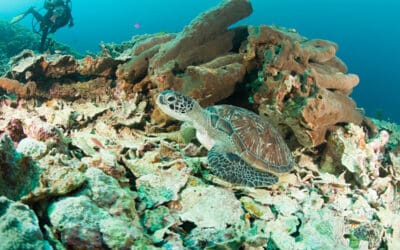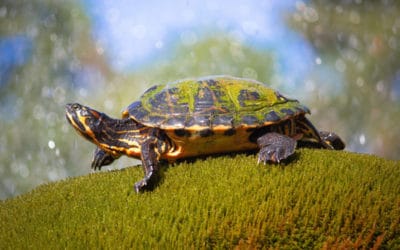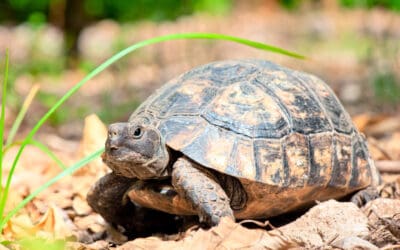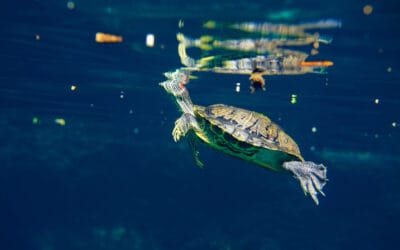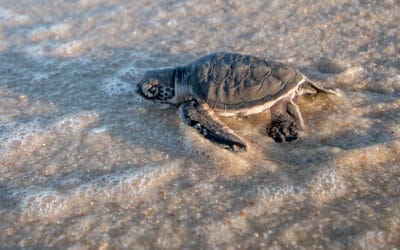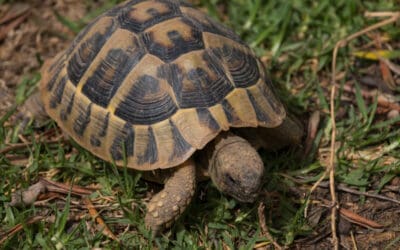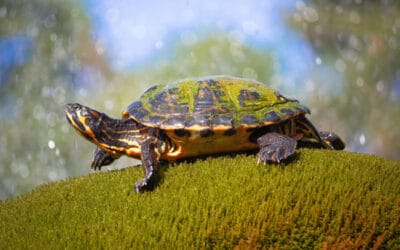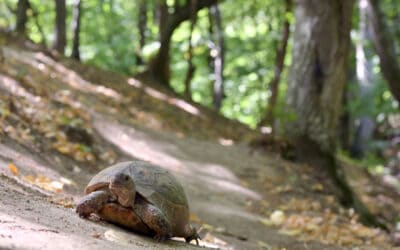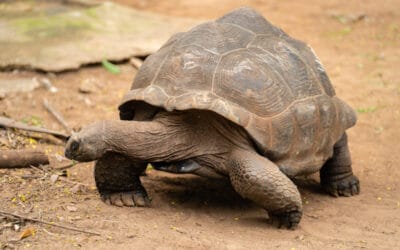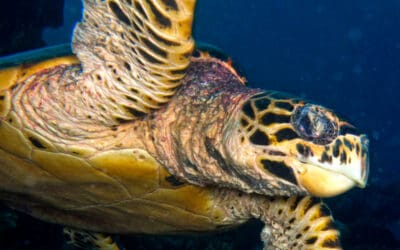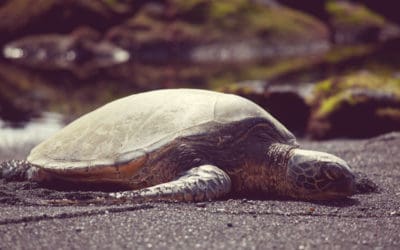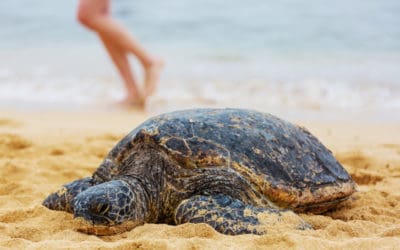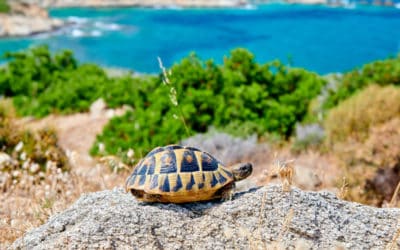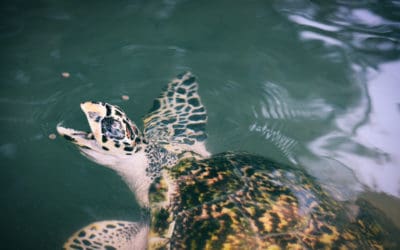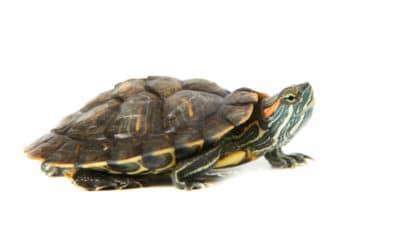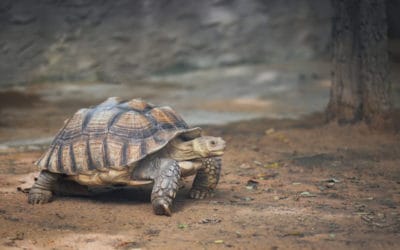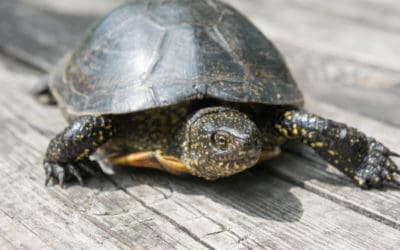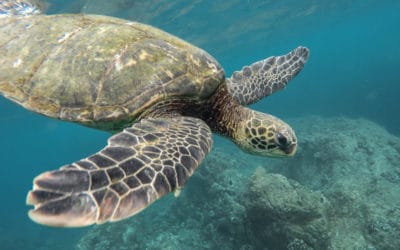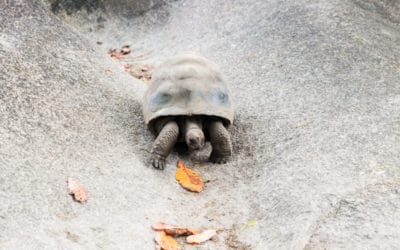Why do turtles stack? Here are the most important reasons for your turtles to pile up!
Some of the owners that have more than just one turtle noticed that, from time to time, turtles decide to pile up on each other. If you are an inexperienced pet owner, then you probably do not know anything about that behavior. As a result, you may think that it is dangerous to turtles and can cause issues related to their health.
I am here to calm you down, because there is nothing wrong with your turtles and they are not in grave danger. Stacking is something completely natural when it happens in the wild. This is one of the things turtles do. There are several reasons for turtles to stack, but the most important ones are that turtles stack on each other to catch some additional UV light and, also, to get warm.
But what does it mean for your own domestic turtle habitat when the pets stack on each other? Is there any danger to turtles while doing that? People are usually worried about the one that is at the bottom of the pile. In today’s article, I will try to explain everything that is related to turtle stacking. It means that I will present all the reasons for such a behavior to take place, give you tips on how to stop turtle stacking and present potential dangers of stacking in captivity.
Here is why your turtles stack on each other!
First of all, let’s remember that turtles are cold-blooded animals. It basically means that in order to stay healthy and enjoy their life, they have to keep their body in the appropriate temperature all year round. To do that, they sun bask, which is basically sunbathing. However, in the wild it may happen that the perfect spot for potential sun basking may be taken. If such a situation occurs, turtles will try to climb one another in order to make the most of the spot.
Besides that, let’s also remember that turtles may use the company of other turtles in order to take care of their temperature. Warmth is of utmost importance for the reptiles, so even if they are more solitary animals, they will try to climb each other to warm one from another. Obviously, there is nothing social about that – it is purely functional action.
Also, turtles tend to stack to scare away potential predators. There is a smaller likelihood that a potential carnivore will attack a large, sometimes thrice as high animal. That is why it is always to stay together and, at least, try to appear bigger than you really are.
So, here is a quick summary of the most important reasons why turtles like to stack:
- To get as much UV light as it is possible in confined spaces;
- To warm their bodies;
- To scare away predators.
But does it harm a turtle beneath? Stacking and threats it may cause
Usually we, humans, try to take our own experience and impose it on the animal world. Interestingly, quite often it leads to wrong conclusions. Still, it is quite important to remember that people like to spread myths and unproven information. To make sure that you don’t believe in lies and unchecked information, I decided to debunk some of the biggest concerns people may have.
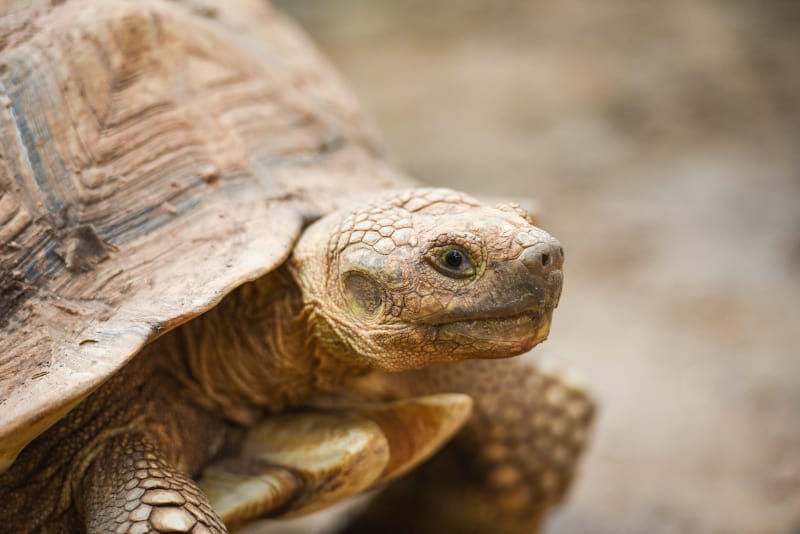
The turtle’s shell will break
If you were to lay down on the floor with three or even four adult humans that are even larger than you, then surely that wouldn’t be anything pleasing. Turtles do not feel that way. Their organism is better prepared for such a burden. There have been multiple researches on the subject matter. One of the verified sources was published in the Journal of Mechanics of Materials and Structures. There, we could see a research paper known as “Turtle Sell and Mammal Skull Resistance” where scientists verified the amount of pressure there needs to be put on a turtle’s shell for it to break.
According to the gathered data, a 2-kilogram turtle can withstand the bite force of a 360-kilogram alligator. 2 kilograms for a turtle is a lot? Well, the turtle that is half of the size, 1 kilogram, is capable of withstanding the bite of a 240-kilogram alligator. As you can see, 3 or even 4 turtles that are stacked on each other will not do any harm. Even to a turtle that lays down at the bottom of the pile.
The bottom turtle will get cold and cause disease due to UV light deficiency
Although there is a chance for such a thing to happen, the likelihood is extremely low. To make that happen, turtles would have to stack on each other quite often. Besides that, the bottom turtle would never be on top. On top of that, the reptile on the bottom would have to be completely blocked from all the UV rays, which is almost impossible. To make things even less probable, the bottom turtle would have to be completely blocked from all the warmth.
The chance of turtles to stack constantly plus always staying on the bottom, plus always having the UV blocked, and plus always having all the warmth blocked is surely something we should not be afraid of.
The bottom turtle may be bullied
When turtles fight, they usually bite each other or try to tackle. They do that by either ramming and trying to flip the opponent or by headbutting. Such a behavior is clear indication that the animal is aggressive. This can be the result of over-handling, overcrowding, or simply because the turtle feels threatened. PIling up is definitely not a type of behavior that you should categorize as aggressive or dangerous in terms of potential fights.
The danger of stacking in captivity
The reasoning behind stacking as a dangerous activity by your turtle presented up above has some flaws. However, in some cases piling up may become a problem to the people who keep more than two turtles in one tank. You see, when in captivity, turtles should not have to pile up because they are cold or because they feel threatened. Therefore, stacking in captivity should be a relatively rare phenomenon. Some even say that it shouldn’t be happening because a good pet owner should take care of every single need his or her pet has.
But what is the real danger as far as stacking in captivity is concerned? Well, if your turtles decide to stack when locked in a tank, then you have to be careful of overheating. Yes, turtles may overheat and it can lead to as serious illnesses as cold and hypothermia. If you keep turtles as pets, then you probably have a tank with special, artificial light that provides them with appropriate temperature and the right dose of ultraviolet.
However, if you set the heat bulb wrong, the turtles will do anything they can in order to achieve the amount of warmth they need to stay comfortable. And this means stacking. Normally, getting closer to the warmth source wouldn’t be a problem. Changing the position of a turtle when compared to the distance to the sun will make little difference. However, if the turtle changes the position with comparison to a heat bulb, then the difference will be enormous.
Is there anything you can do to reduce turtle stacking?
First of all, make sure that you keep your basking bulb in the right temperature. This will surely solve the problem of stacking in your habitat, especially if it is caused by low temperature. Another option you can do is to place two lower-watt bulbs. Thanks to that, the basking area will be greater without increasing the temperature too much. Also, think about special nets that will stop turtles from getting too high.
Now you know why turtles stack!
Stacking turtles surely looks interesting to everyone who didn’t see that before. While it is safe on the outside and turtles naturally stack in order to help themselves with protection, warmth, or the right amount of UV light, it can cause a lot of problems in captivity. That is why always think about the reasons why your turtles stack on each other
Submit your review | |

